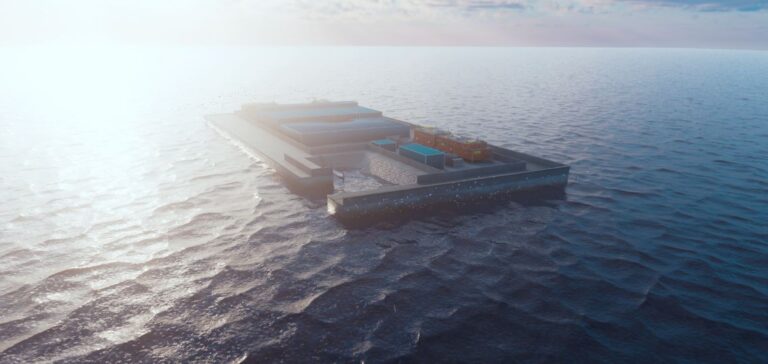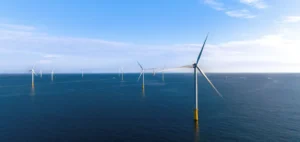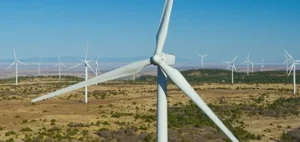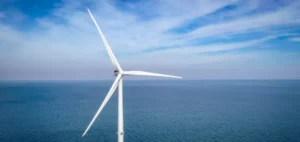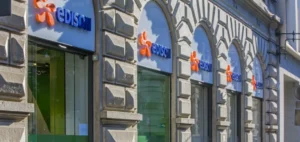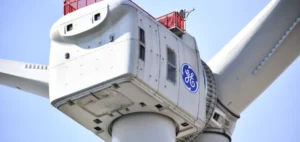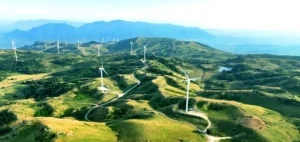Construction of the Princess Elisabeth energy island has begun in the North Sea, approximately 45 kilometres off the Belgian coast. The first two concrete caissons have been installed on site, launching a major marine infrastructure project led by the Belgian consortium TM Edison, comprising companies DEME and Jan De Nul. The project is being carried out on behalf of the grid operator Elia Transmission Belgium (Elia) and is designed to host offshore electrical connections.
Complex and tightly controlled maritime operation
Each caisson measures 58 metres in length, 28 metres in width, and up to 32 metres in height depending on the presence of a storm wall. Each unit weighs 22,000 tonnes. Built in the Dutch port of Vlissingen, they are towed over a distance of 98 kilometres to the island site by four tugboats. Each logistical cycle, including towing, stabilisation and anchoring, lasts approximately 24 hours.
The structures are precisely fixed in a foundation zone via eight anchoring points, following positioning using topographic measurements, tidal surveys and continuous monitoring systems. The controlled filling of the caissons with water enables a stable descent to the seabed. A layer of rock armour is then added to protect the structures from summer wave action.
Continuous monitoring and high technical requirements
The entire operation involves ten vessels and around 150 professionals. It is coordinated with the Maritime Rescue and Coordination Centre (MRCC) in Ostend, the Joint Nautical Authority and North Sea Port. Emergency evacuation procedures and specific communication protocols are implemented in compliance with maritime safety regulations.
The progress of the work depends on precise weather thresholds. Operations can only proceed if wave heights remain below 1.5 metres and winds do not exceed level 5 on the Beaufort scale. Two independent weather forecasting services and several monitoring buoys provide real-time tracking of sea conditions.
Strategic infrastructure and phased execution
The island perimeter will consist of 23 caissons, installed in multiple stages. Each segment is prepared before the next is put in place to ensure watertightness and structural stability. Once in position, the interior of the caissons will be filled with sand and equipped to accommodate high-voltage electrical infrastructure.
The next steps involve completing the eastern flank of the island before moving on to the southern side. Progress remains dependent on weather conditions and available operational windows. This phased approach makes it possible to manage logistical and maintenance constraints at each stage, while preserving the structural integrity of the entire system.
Cost monitoring and technical adjustments under review
The project includes integration of three future offshore wind farms in the Princess Elisabeth Zone. Two of these farms, representing 60% of the expected capacity, are already included in the alternating current (HVAC) contracts. However, final awarding of the high-voltage direct current (HVDC) contracts has been delayed due to rising costs associated with this technology.
Elia is currently reassessing the technical design, within the legal framework of the project, to align execution with current economic conditions. Discussions with federal authorities are ongoing to ensure upcoming decisions are politically grounded and consistent with the long-term goals of the grid.


